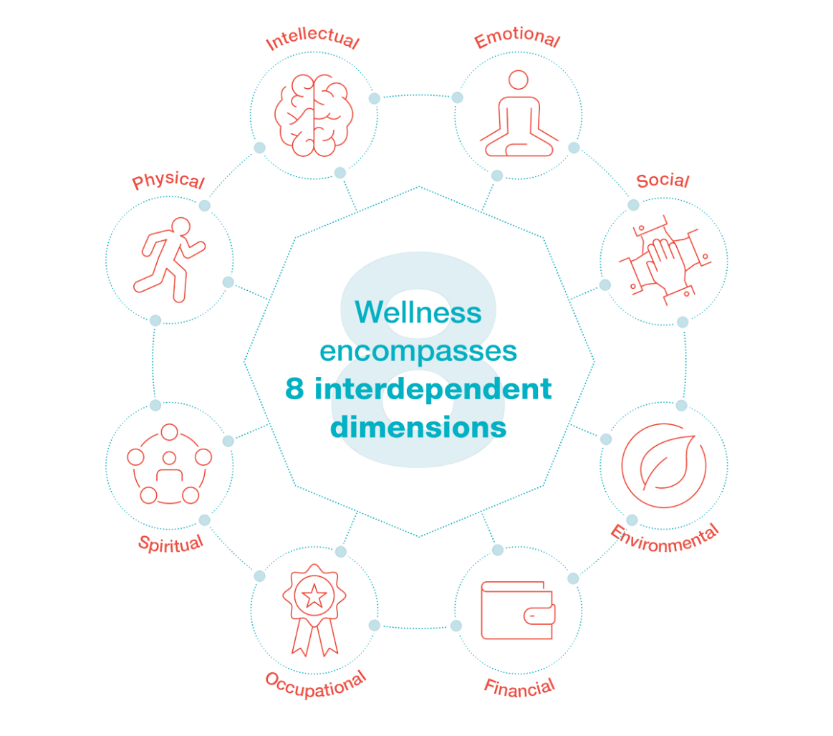There are assessments, protocols and tools to stay physically safe at work, but what about staying mentally safe at work? Billions are pumped into Health and Safety in the workplace with very little going toward mental health. We can see a broken leg or a cut but just because we don't see a mental illness it doesn’t mean protocols shouldn't be in place.
Over the last number of months, increasing demands on financial well-being, workload, parenting and caring combined with decreasing access to regular social support have strained relationships, altered roles and changed the way we live. All of which has contributed to increased mental health challenges. In a recent study, 73% of working professionals reported being burned out in April, compared to 61% in February.
The main reasons being:
No separation between work and life
Unmanageable workload
Job insecurity
So how can we create a mentally safe work environment for employees?
1.Supporting Employees through Empathy
Research has shown that 36% of organisations are not doing anything to help their employees with burnout and many feel they don’t even have the time to participate in any wellness initiatives that are provided.
Others feel that by providing an EAP service to employees is enough but research has also shown that without key promotion and stigma-free campaigns EAP services go unused. Many are not sure what it's for, how to contact or how private their conversation and data is.
Organisations with high engagement and productivity are the ones that are supporting employees through empathy. Emotional support involves letting employees know that they are being cared for that they should feel comfortable discussing work and non-work related challenges. This starts with your leaders.
2. Leading the Way
Leaders can play a huge role in the wellbeing of others within their organisation. There are different styles of leadership some of which either diminish employee wellbeing resulting in poor productivity and lack of motivation and others enhance it.
Today there is even more pressures on leaders to evolve their skillset managing people remotely and being able to identify when an employee is struggling. Key signs and signals of mental distress can be missed when we are not physically present with employees.
Role modelling can be a great way leaders can show they care and lead with empathy. Managers need to be trained in identifying and monitoring signs of struggle such as social withdrawal, poor performance and know when to refer an employee to a professional. There is an abundance of training for leaders in how to do this.
3. Promote healthy work-life integration
Today there is less work-life balance or more like work-life integration. But how can we do that in a healthy way?
Working from home used to be a policy that represented flexibility. Laws supporting the “Right to Disconnect” have been adopted in some countries to enhance well-being but now, being forced to work from home with little work-life separation is driving increased stress and mental health problems.
Since the pandemic anxiety, depression, isolation and loneliness have all been reported at an all-time high. Parents have found it particularly straining to work, parent and home-school.
As the world continues to live through uncertainty resilience is now vital. Healthy minds and bodies, strong relationships and supports will all help employers and employees to cope and remain hopeful. Reducing undue burden may include identifying projects with flexible deadlines, removing irrelevant tasks, encouraging employees to self manage their time and promote and actively encourage unplugging from technology.
4. Managing the Impact
The global pandemic is certainly having an impact on all of us and whilst we cannot at present control how long we will be living with it. We can have some control over the impact by focusing attention on reducing other additional stressors.
To move forward, there is a real need to assess the pressures and stressors of employees during and after the pandemic. A multi-dimensional approach is necessary across the 8 Dimensions of Wellness.

For employers to make sure that their organisation is mentally safe for employees there is a real need to understand the areas that are contributing to stress in the workplace. By assessing this you evaluate areas that are contributing to increased stress in the workplace.
This approach ensures a targeted, deliberate and holistic approach to mitigating undue burden and potential burnout for employees. If employers simply focus on physical and emotional wellness they may miss out on vital other areas.
When organisations are considering helping employees stay mentally safe at work they cannot do this without assessing and addressing the contributing factors to work-related stress within their organisation.
Employee Assistance Programmes, meditation apps and steps challenges are great for mental health, but they may not mitigate the mental health safety risk if organisations are still contributing to the cause of stress in the first place.
Organisations need to step back and ask themselves are they also contributing to the problem and put supports in place to create a solid foundation for wellness.
